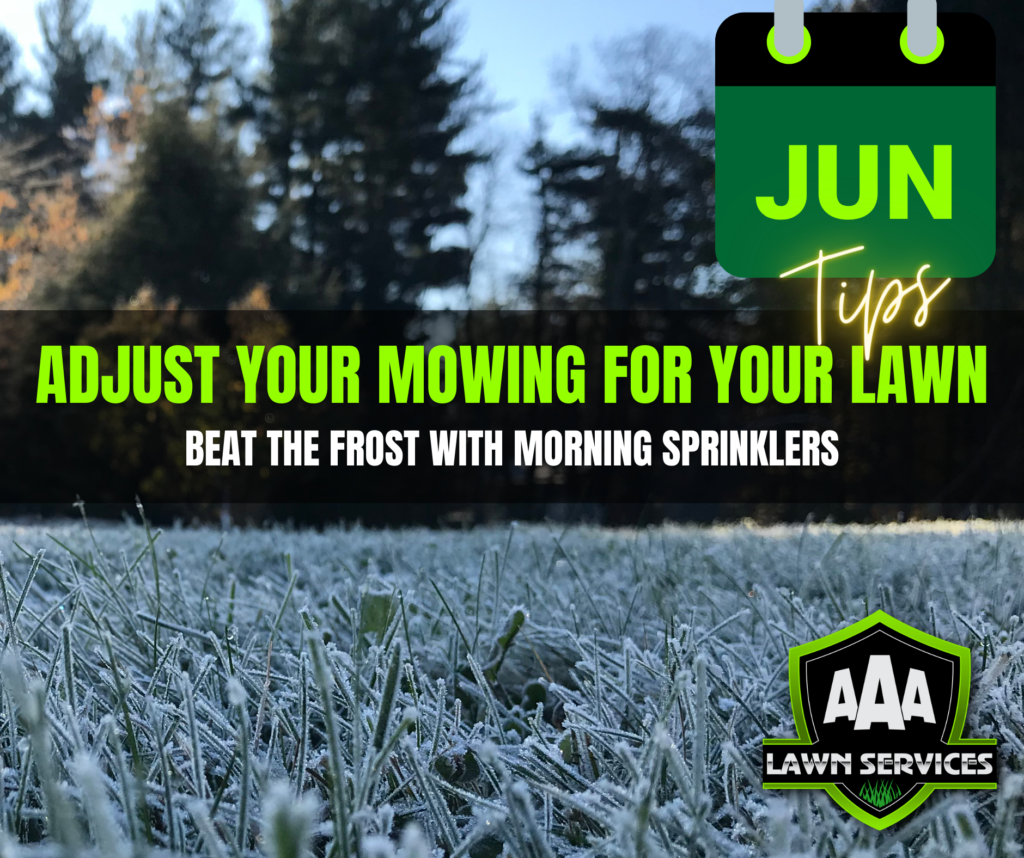
Beat the Winter Weeds & Frost
Cool seasons turfs should be mowed until shoot growth ceases. This provides a uniform looking turf going into the winter months. Letting the grass “go” into the winter can cause matting, and long matting turf is more susceptible to fungal diseases during the winter months.
Turf grasses can be the biggest weed of all when they invade garden beds, flourishing around young trees and sapping their energy. While glyphosate is highly effective in the warmer weather, weed control during the colder months, when some weedy plants are near dormancy, does not work so quickly. By adding a small amount of a complimentary chemical to glyphosate, we can ensure a more effective eradication of these plants.
Do not fertilise warm season grasses (couch, kikuyu) in winter when the grass is dormant. There is barely any sap flow in the grass, which is unable to absorb the fertiliser. Raise the mowing height to retain more green leaf on the grass. This increases the photosynthesizing area of the turf leaf, compensating for fewer hours of sunlight that reach the plants. It will not overcome the effect of colder weather that forces the summer active grasses into dormancy (couch and kikuyu grow most rapidly in soil temperatures between 23 and 32 degrees celsius).
The effect of frost on the grass in the early morning can be alleviated by running the sprinklers for one or two minutes every morning. The irrigation water is warmer than the frost, and this does help to maintain the soil temperature a little higher, and so keep the lawn green for longer through the winter months.
Fescue turf grasses are in active growth now. Rotary mowing height should be at least 4 to 5 cm and they respond well to frequent, light applications of Potassium nitrate fertiliser. Never apply phosphorus (that’s the “P” on the analysis label) as fescue is quite intolerant to even small doses of phosphorus.




